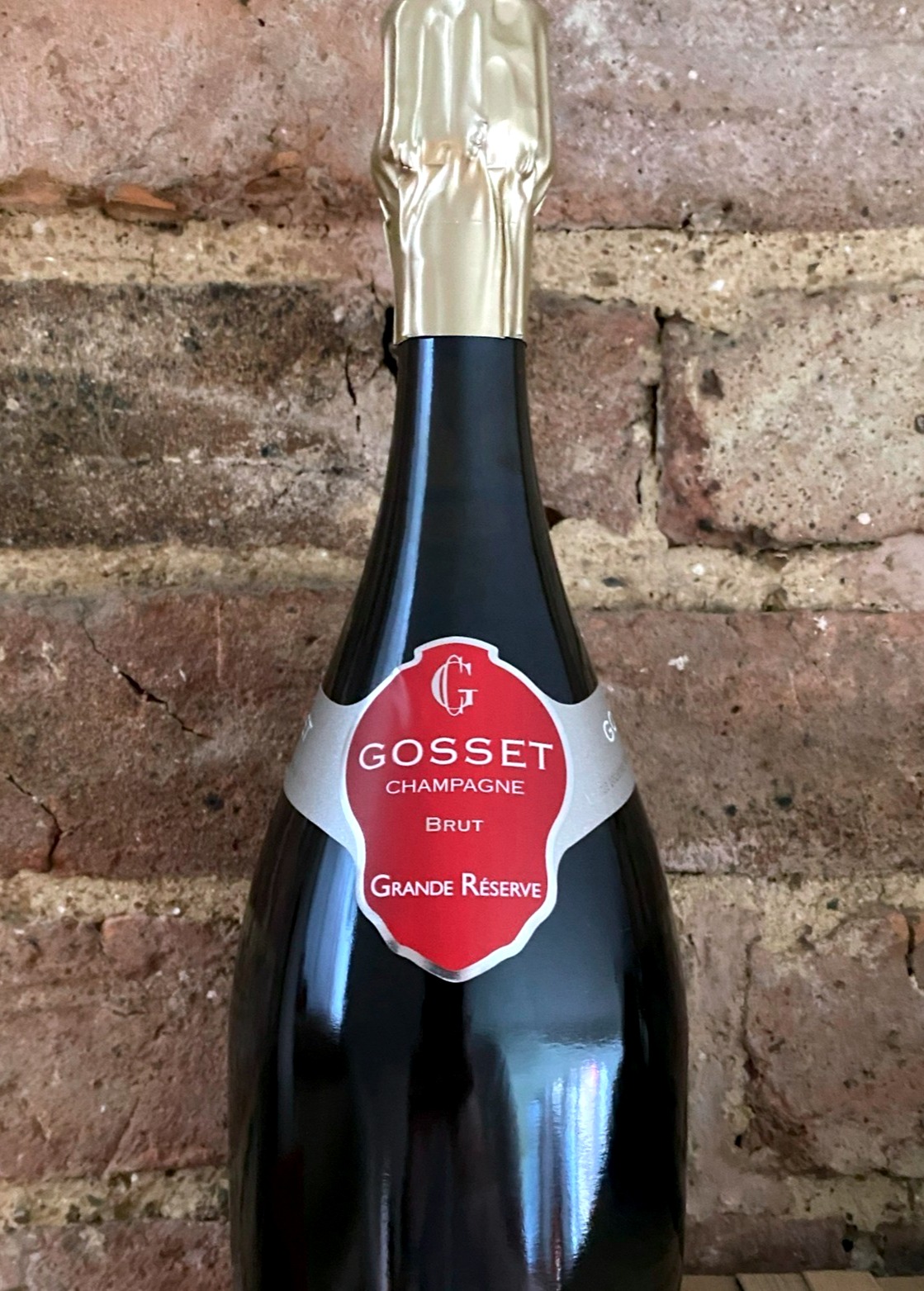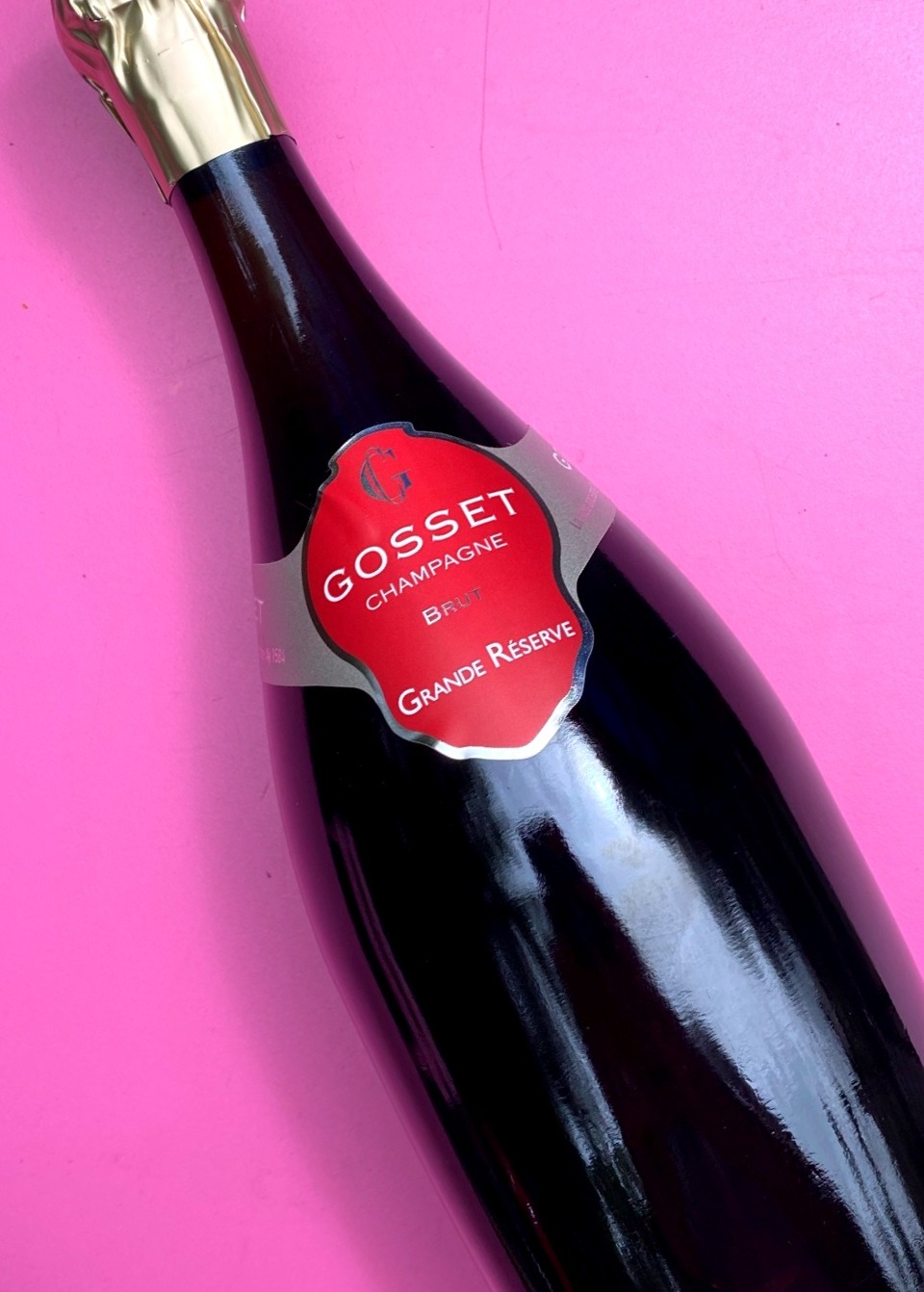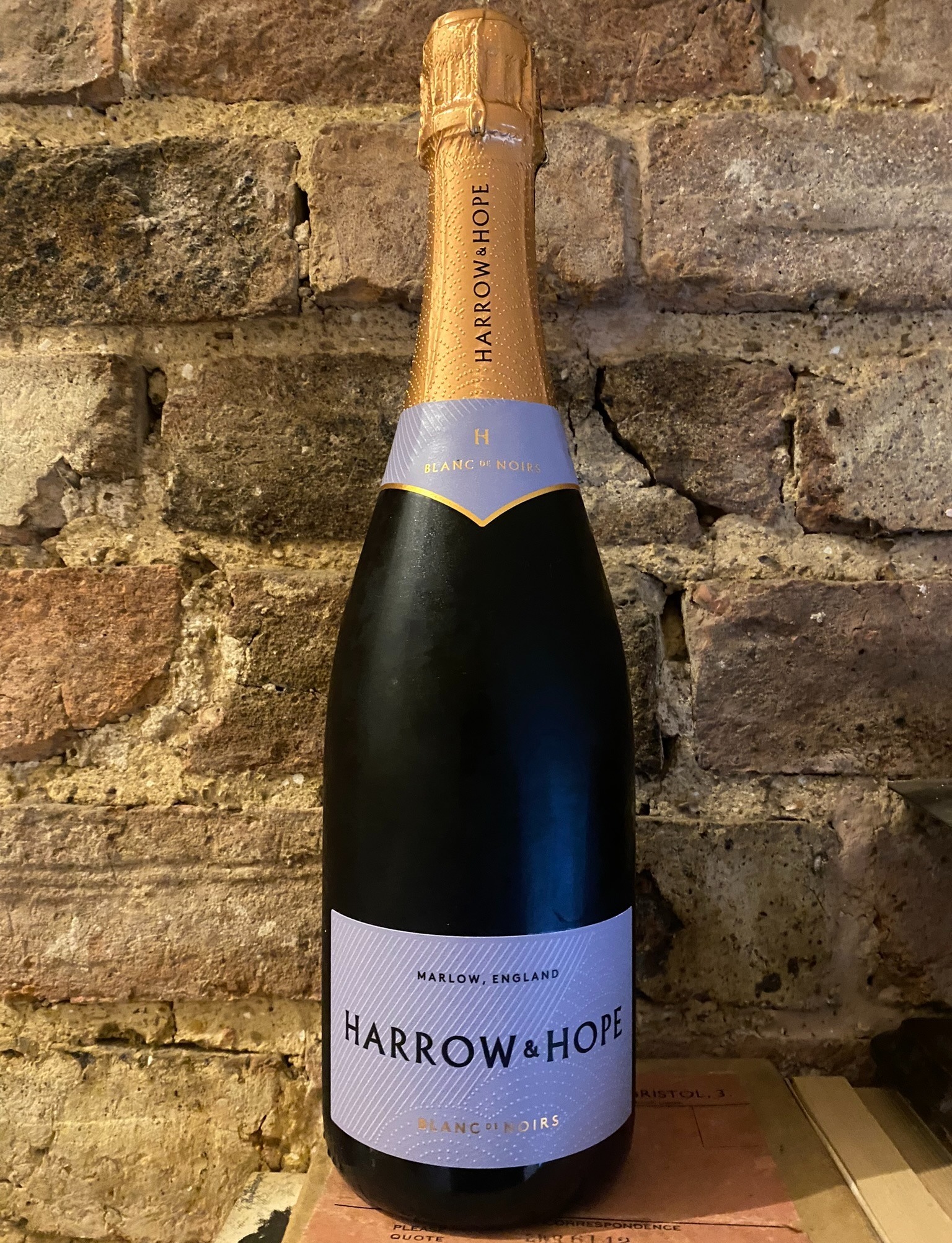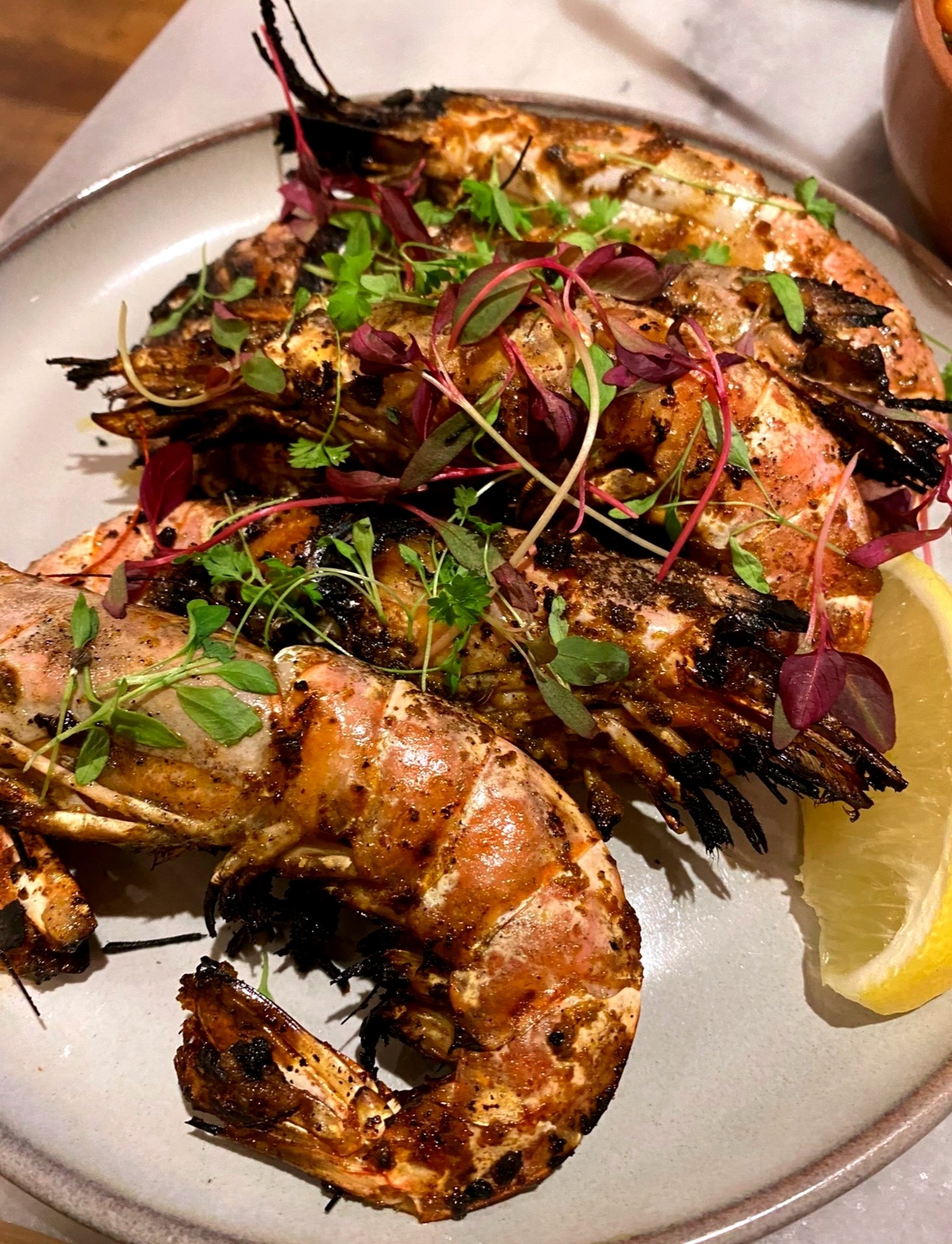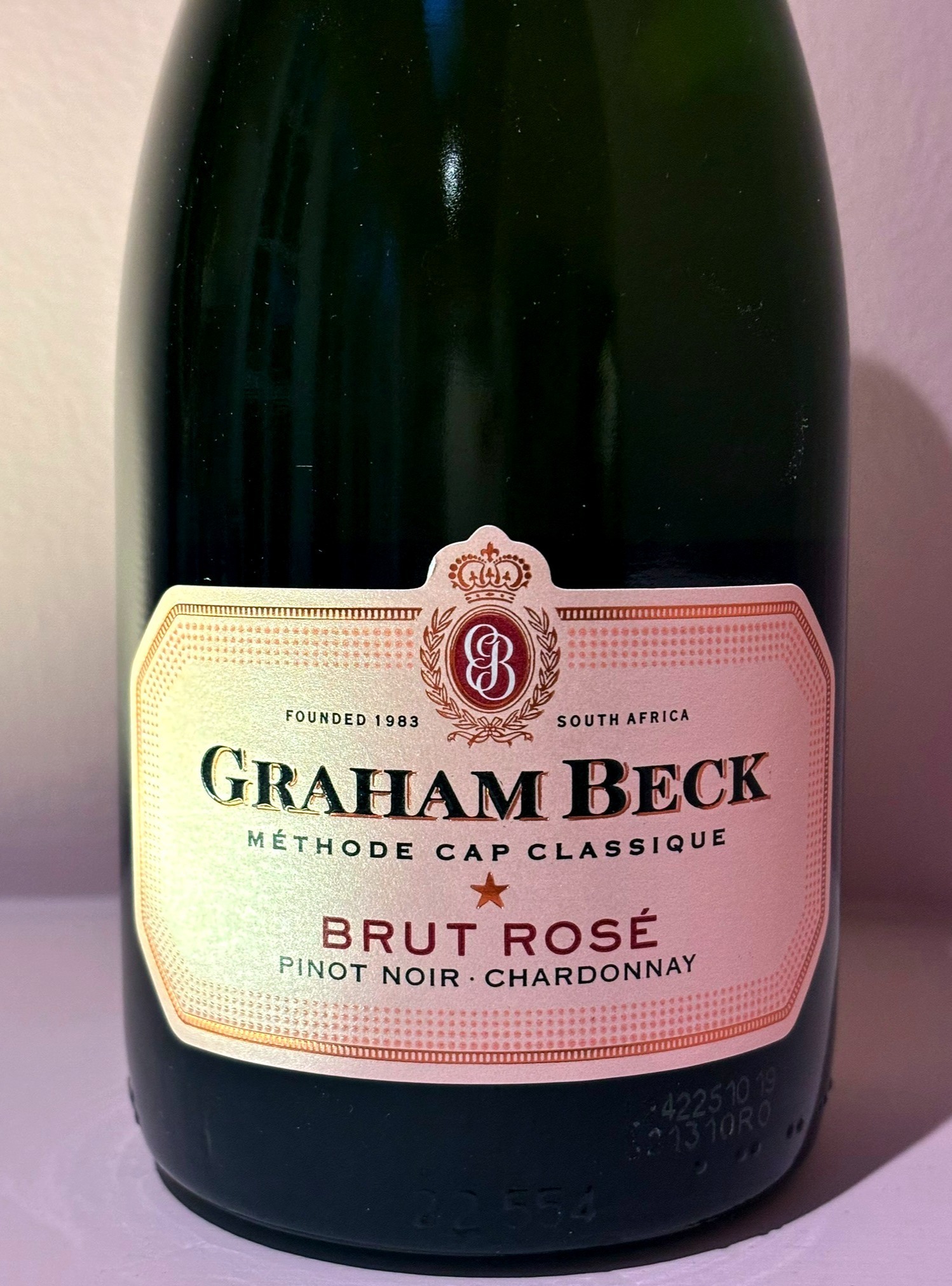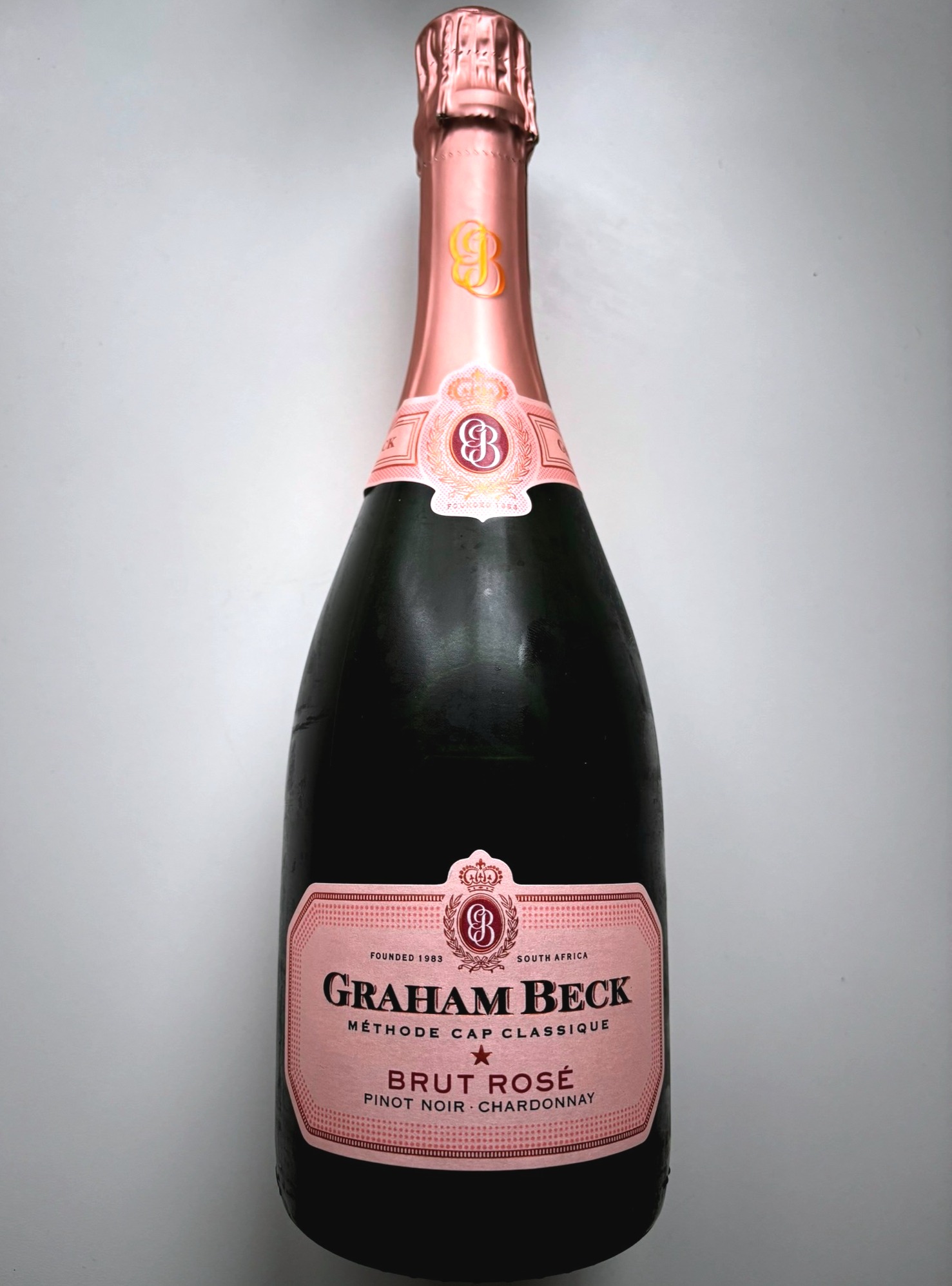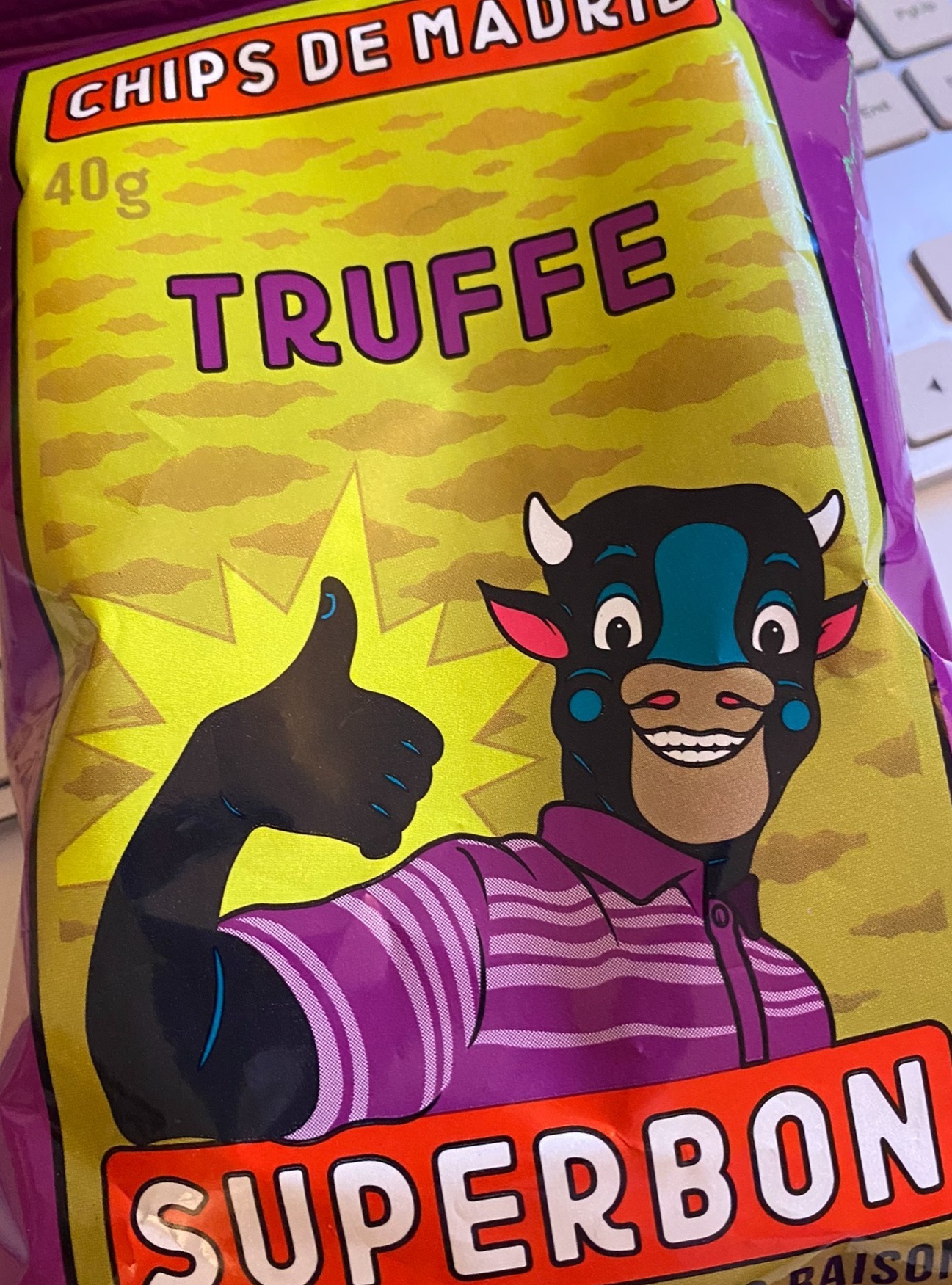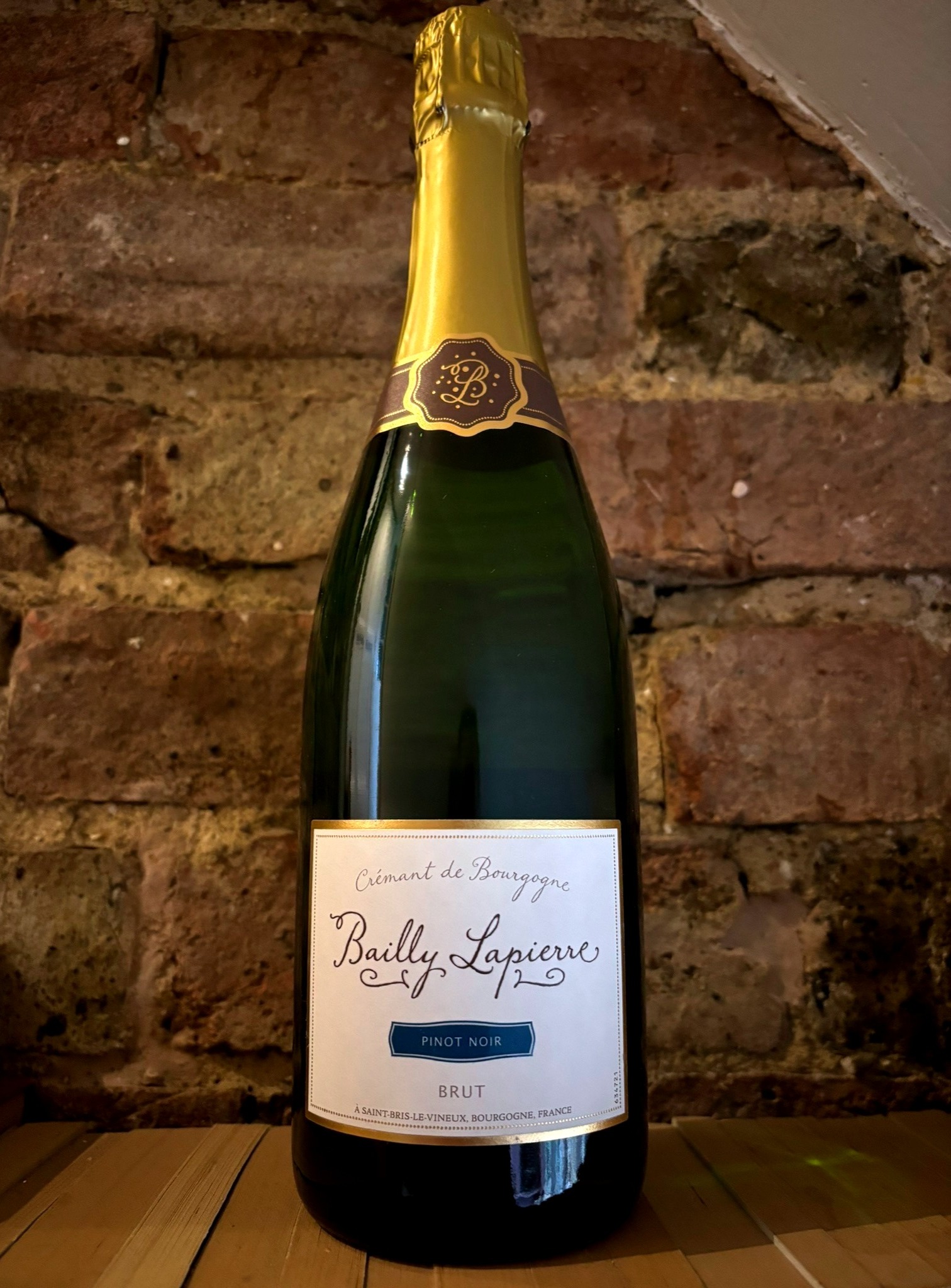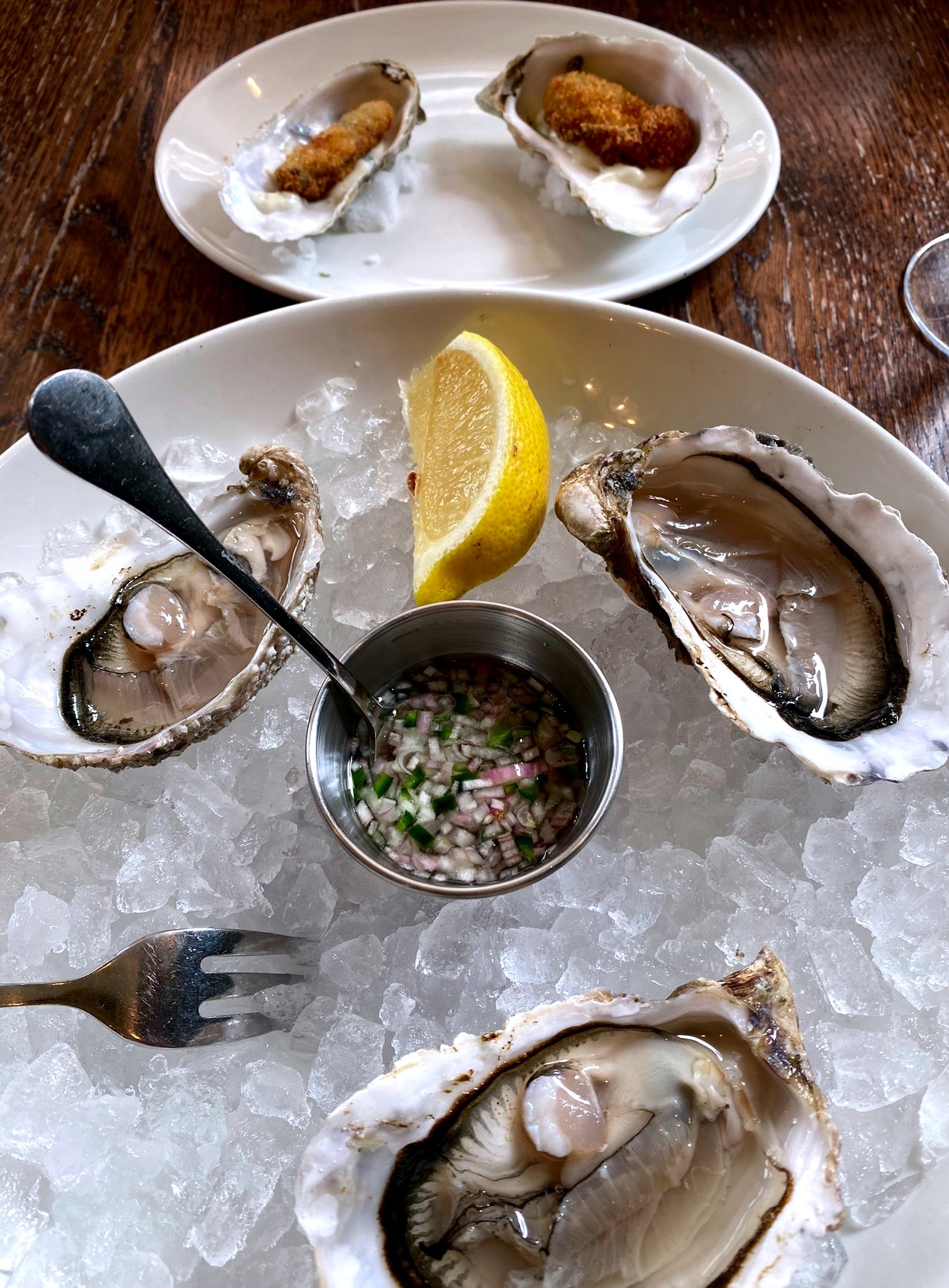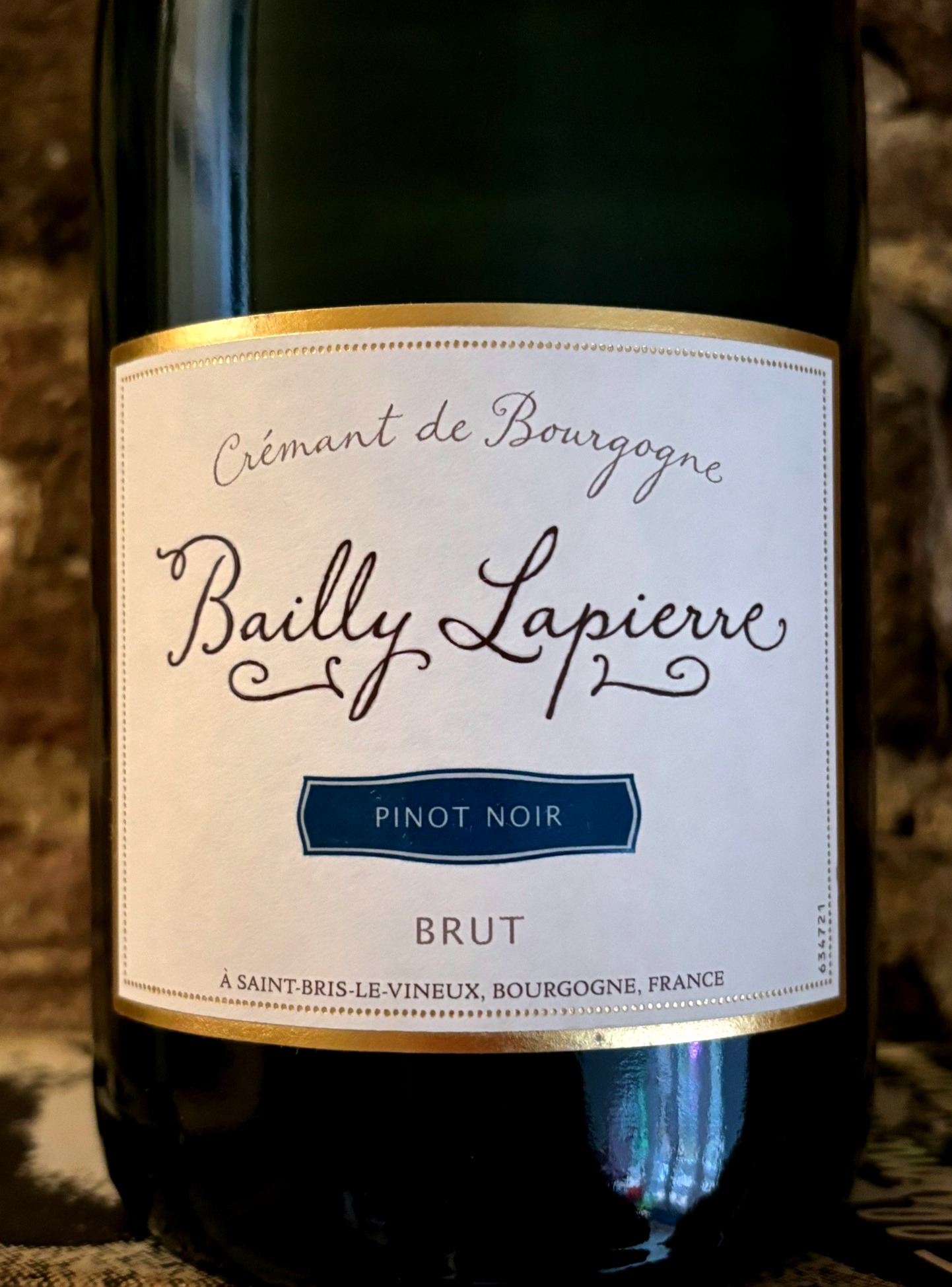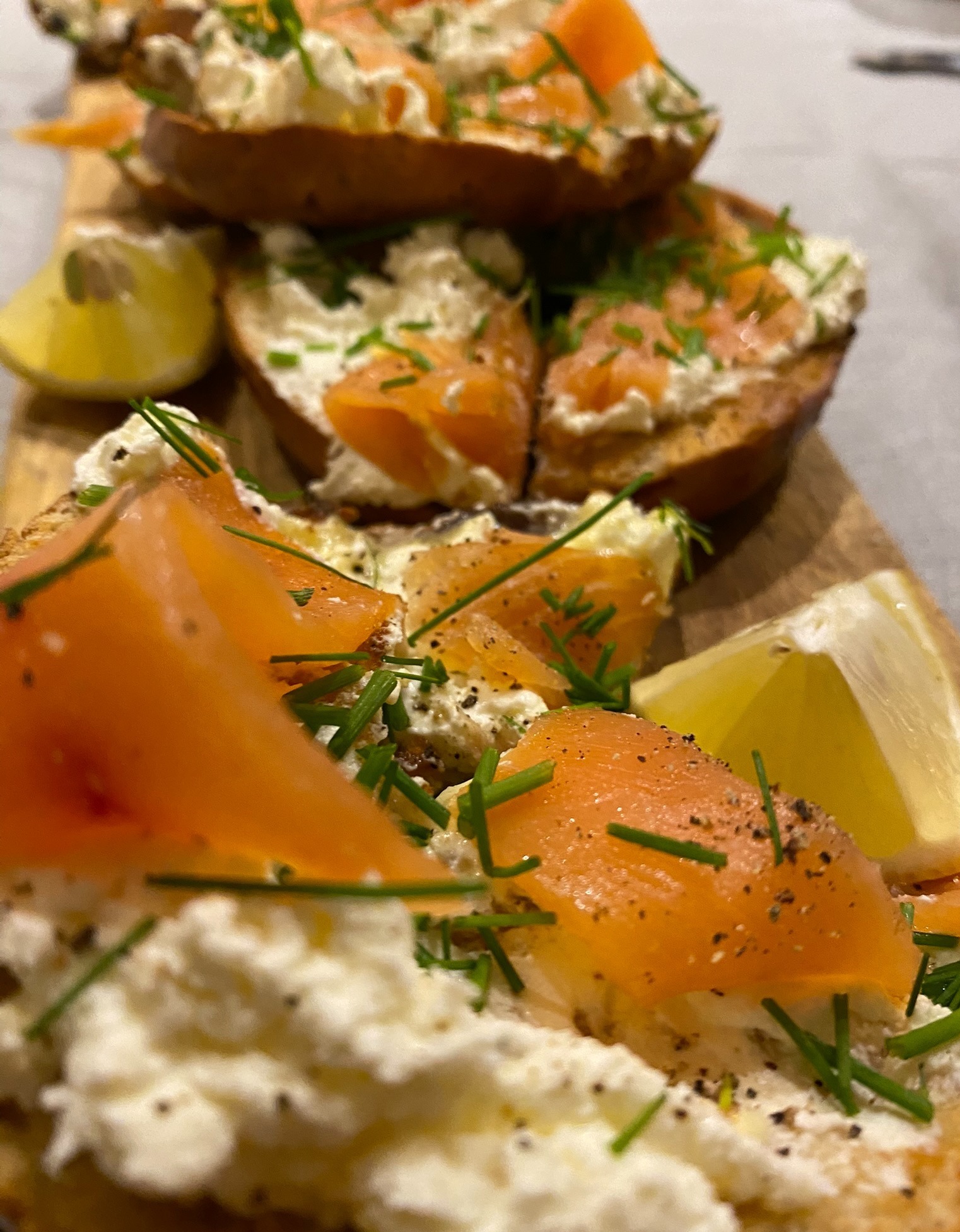

In common with many stars whose rise is – at least seemingly – meteoric, the critical backlash starts almost immediately. Grabbing the populist fizz sector by the scruff of the neck in the late 2000s, Prosecco wowed us all with its consistency, approachability, its friendly levels of residual sugar and, perhaps more than anything, its price. As Champagne suddenly seemed anachronistic following the global crash of 2008, there was a happy-go-lucky pretender waiting in the wings – a wine that had always been enjoyed within Italy’s borders now set its sights on world domination. Suddenly how austere, unapproachable, old-school even seemed much traditional sparkling wine! And whilst some retreated to their chalk cellars with a dismissive shake of the Champenoise head, the rest of us were quite happy to pop open a bottle or two of these Venetian upstarts.
And as the DOC lands of the Veneto plains (and a little over the border in Friuli) supplied the volume, call for greater quality and terroir-specificity saw the DOCGs of Asolo/Colli Asolani and Conegliano Valdobbiadene increasingly filling our consciousness and our shelves. These were further refined by the wines from individual named ‘rive’ (vineyards/communes) and the rarefied Cartizze and Superiore di Cartizze DOCG wines from a single highly regarded vineyard in Valdobbiadene.
With this ever increasing specificity and availability, it is tempting to regard the simple DOC Proseccos as no longer worthy of attention, the progeny of vast, loveless stainless-steel vats hurried into bottle without much thought beyond supply, demand and brute profit. But that’s not the case, at least not always. There is still good wine to be found in the DOC areas, thoughtfully made and of excellent value.
I was recently sent a bottle of Casa Canevel’s DOC Prosecco and added it to my tasting schedule without, I have to admit, any great sense of anticipation. But when I did get round to unwinding the cage and prising out the cork, I was pleasantly surprised by the straightforward thrust of what was clearly a well-made wine. In the glass, it has a distinctive, medium lemon colour with a hint of gold at the gills – party wine looks certainly. But the nose goes further: apples and pears spiked with lemon and a hint of warmer peach against a background fragrance not exactly floral but grapey. Is that the taste of Glera I thought – a variety like Jerez’s Palomino whose inherent character is so often hidden behind the winemaking?
Nicely soft perlage as well – not always a given. The mouse isn't overly persistent, to be sure, but it resolves into pleasing spritz on the palate. The extra-dry sugar levels make for a friendly wine and really do help to soften proceedings and provide interest in the absence of truly distinguished fruit. And there’s enough acidity to keep things fresh. The alcohol is perhaps a little forward at first but it comes together in the glass and the whole is balanced enough to make a good aperitif. I see that Casa Canevel make a range of Proseccos up to the heights of a Superiore di Cartizze. On the evidence of this simple and rather good DOC wine, I can only look forward to trying more. Good value and should make producers of similarly priced Cavas sit up and pay attention.
Each year in the run up to the festive season I try, largely successfully, to convince myself that “other sparkling wines” offer good drinking and excellent value. And usually they do (you can read my lowdown on this market in Challenging the 3 Cs of Christmas Part 1 for Falstaff). You can find well-made wines that hit the right balance of value and quality, especially in the shape of artisan Cava, northern Italy’s higher quality sparklers, good Méthode Cap Classique blends from South Africa and the odd passing Crémant. Less well known (and less easy to get your hands on in the UK) are sparkling Rieslings (“Sekt” is the German term to look for) and “Espumoso de Rioja” – traditional method sparklers made in the famous Spanish wine region of the same name. And then there’s home-grown GB fizz, some of which is now very good indeed (with prices to match). Well worth trying, all.
But there are times the sheer weight of tradition and history carried by every tiny bubble mean that only Champagne will do. So synonymous is the wine with festivity, even frivolity, that we are apt to forget just what serious wines these are, however: how much time and effort go into their production and how good they can be with food as well as a celebratory aperitif. These are not everyday wines, at least not for most of us. All the more reason to choose wisely when we do push out the Champagne bateau.
Gosset have been making wine in the Champagne region since the sixteenth century – at that point still wines, most of which were red. But they are known today for their quality sparkling wines of which this, their Grande Réserve, is their signature Cuvée. Drawing grapes from across Champagne’s Montagne de Reims, Vallée de la Marne and Côte des Blancs (including such grand cru villages as Ambonnay and Le Mesnil-sur-Oger) it blends Chardonnay and Pinot Noir in equal quantities together with a good splash of Meunier. The wine is then kept in their cellars for 4 years, considerably longer than the minimum requirements for Champagne.
What emerges is an exceptional wine, beautifully straw coloured in the glass with flashes of beaten gold. The nose is a complex dance of citrus freshness with ripe red and yellow apple, pear and plum warmed by the late summer sun. A lemon-juice acidity is very cleverly woven in amongst ruby fruits – redcurrant and red cherry – as the Chardonnay brightness melds to Pinot Noir’s berried structure. Long lees ageing adds wonderful toasted-brioche and nutty aromas that combine with the fruit to give delicate Mirabelle patisserie but also more homey delights such as fruited biscuits and even a hint of custard cream (probably a little too homey and English to make it into the House’s marketing). There’s a hint of gastronomic, umami bitterness here, too, which seasons the wine beautifully. The mousse is soft and smooth, with long-lasting, incredibly fine bubbles. And the finish is long and then longer still, resolving into a warm biscuity haze.
I paired it with canapés of lightly dressed crab meat on char-grilled brioche and it worked superbly. The simple pleasures of a roast chicken would bring out another side to it altogether.
Maison Mirabeau was founded in 2010 by a London family who had upped sticks to follow their vinous dreams in Provence. Arriving in the tiny village of Cotignac in the Var with, by their own admission, scarcely a word of French between them they swiftly set about employing the expertise of UK MW Angela Muir in creating their first wine – Mirabeau Classic. The rest is, as they say, history and their portfolio now stretches to a number of delightful rosés such as Pure, Azure, Forever Summer and their higher-end cuvée Etolie. Somehow they have also found the time to investigate alternative formats (their Pret-à-Porter canned range and Belle Année bag-in-box rosé) as well as expanding into the world of boutique gin and even vermouth.
2019 saw the launch of Domaine Mirabeau, their new wine estate, set in the Provençal commune of Golfe de Saint-Tropez, in the Plaine des Maures National Nature Reserve. The estate includes 20 hectares under vine – mostly local favourites Grenache, Cinsault and Rolle (aka Vermentino) – where they are now producing La Reserve cuvée under the new Côtes de Provence DGC (Terroir Designation) Notre-Dame des Anges. Part of the profits from this wine are being ploughed back into the Regenerative Viticulture Foundation that they helped to found.
La Folie is their sparkling rosé. It’s made from majority local grape Negrette with Colombard, Syrah and Grenache adding their flavours to the blend. It is produced using the Charmat method, known to the Italians as the Marinotti Method and almost universally by the slightly less glamourous-sounding term “tank method”. The same method that’s used in Prosecco and many other sparkling wines (although not, of course Champagne et al), it shouldn’t always be thought of as a second-tier option. If you are aiming for a wine profile that foregrounds immediacy and fresh varietal character (rather than the array of intricate flavour compounds that arise during extended bottle ageing on less) then it can be ideal. The tank method does not always preclude shorter periods of lees contact either – it can be written into the process – and I understand it that it exactly what has happened in this case.
In the glass, La Folie is an attractive salmon pink, a colour that Mirabeau’s marketing folk call “pale lychee” which is quite poetic and sort of true. Pale ballet slipper is I think more accurate, if a little less aromatically appealing. The nose is relatively restrained, with aromas of red fruits and peach riding a citrus freshness that is orangey rather than the more familiar lemon or grapefruit. There’s a very light honeyed quality to it, too. The palate has a similar profile, with slightly tarter red berries outlined by citrus and a tang of juicy yellow peach, perhaps nectarine. The acidity is brisk enough to balance the ghost of sweetness detectable on the palate – it has 10 g/l of residual sugar which puts it towards the higher end of Brut and ensures that it has an accessible and easy-going likeability. It’s quite an effervescent number and the mousse perhaps a tad hard for my taste but it has a refreshing and perky quality that calls out for summer sun. I have to admit to not having tasted widely amongst the new wave of rosé Proseccos but it would be interesting to see how the two compare.
Aware that I've gone a bit PN heavy with this year's sparklers ... but no apologies.
Not so very long ago, the idea of a Brit Blanc de Noirs (a white sparkling wine made exclusively from black grapes) would have been absurd. So let's celebrate one of the very few consolations of a changing climate with a glass of Merrie England. There are a number of good, home-grown options: I'm particularly fond of Exton Park's PNs but most of the major labels now offer BdN. I've chosen this particular wine from Bucks-based Harrow & Hope partly to support a local outfit but also to highlight the joys of low-transit, low-carbon-footprint wines. And it's really rather good.
I'm still yet to be totally convinced by Brit still Chardonnay and even more so still Pinot Noir, but it's now a given that English sparkling wines can be world-class. The soils and growing environment are there, the winemaking skills developed and producers are beginning to build up libraries of the all-important reserve wines that add complexity and verve to blends. It's the latter that have really continued to distinguish Champagne from our own home-grown stuff. So far at least.
That's not to say that these wines, not all of them anyway, are Champagne lookie-likies or even wannabes. They are, I think starting to carve out a path of their own. And with prices close to some good NV Champagnes, I think that's a wise move: create a good blend, create a clear brand, hook up with some iconic events from the British season (Nyetimber and tennis, for example, or Chapel Down and horseracing). Sounds a sensible and hopefully profitable approach.
Harrow & Hope are a small-ish, family-owned affair with a 6.5-hectare vineyard of complex Thames Valley/Chilterns soils (clay, flint and gravel). They grow Chardonnay, Pinot Noir and Pinot Meunier – the whole Champagnoise kit and kaboodal – and produce a range of interesting sparklers. Not only the usual brut blend (40% PN, 40% Chard, 20% PM) and rosé but also a Blanc de Blancs and this Blanc de Noirs. Most unexpectedly, they even offer 100% Pinot Meunier sparkler which I have to admit I haven't tasted but would rather like to. Interesting.
Their Blanc de Noir is 100% PN, partially barrel-fermented and lees-aged for a considerable period (the 2019 was 36 months and, although I can't confirm for the 2018 it tastes as though it was something around there, too). The red fruits are there, present and correct, clean and tidy, wrapped in a certain level of biscuity autolysis and done up with a bow of piquant Brit acidity. They themselves describe the 2018 as 'bold, broad, and almost brutish'. It's certainly no shrinking violet but I have to say I prefer it to the 'pale and wan' approach to sparkling wine. And whilst I don't want to be cudgelled by my fizz any more than the next person, at least you can taste that it's been bottle-aged and made with due care and attention. 'Strident' would be my preferred epithet. The 2019 is, apparently, more elegant. So take your pick.
Worth investigating and definitely worth supporting. Fantastic with deeper, more assertive seafood: char-grilled prawns in their shells, smoked boquerones, even taramasalata on absurdly genteel fingers of hot-buttered toast (not pictured but definitely enjoyed).
South Africa's Cape Classiques are often a good choice for well-made sparkling wines. They are made in the traditional bottle-aged method familiar to us all from Champagne, Cava et al. They tend to be made from familiar grapes, too – Chardonnay and Pinot Noir – but can feature local favourites like Chenin Blanc and Pinotage. Production and quality are carefully regulated in law and by the CCPA (Cap Classique Producers Association) who insist on min time in bottle etc. All of which might be a little geeky-tedious were it not for the fact that it guarantees you a nicely produced wine that is likely to have at least some autolytic character.
Graham Beck makes this particular cuvée from 50% Pinot Noir, 49% Chardonnay and just a smidge of Meunier. Grapes are hand-picked and whole-bunch pressed, the varieties fermented separately and then blended before being lightly fined and bottled for second fermentation. They then spending a total of 15 months on the lees. To give you some point of reference, the min time on lees for Champagne is 12 months (although it's often much longer than that). Anyway this isn't a race! But it does give you an idea of the commitment to tasty, suitably aged wines that the Cap Classique folk display.
This wine is a beautiful pink-ballet-slipper colour with silver tones glinting from the glass. A party wine if I ever saw one. On the nose (always let the mousse subside a little before hunting for aromas in sparkling wine!) there is a nicely rounded set of red fruits, berries, a bit of cherry and the requisite citrus to polish it all up. The mousse is, as the producer says, quite 'lively' but it's not coarse or aggressive.
Consistently good is what you're getting here which might sound like damning with faint praise. Actually, its quite a feat in sparkling wine that relies on the vagaries of bottle ageing and the skill of the blenders (and that's after you've managed to harvest your grapes at just the right moment for ripeness and acidity!). Not fireworks, perhaps, but a goodly number of party poppers. You'll also get 7.5 g/l of residual sugar (putting it only just outside the extra-brut category) which means that you are not facing too much sweetness. On the other hand, this is no austere wine. It's all rather well judged actually: a friendly wine that is ideal to drink on its own or with canapés.
Failing that, a large bowl of truffle crisps and some solitude would be rather fine, too.
I'd always taken it for granted that Blanc de Blancs was the thing to have with oysters. But London fishmongers of distinction, Wright Brothers, changed my mind on that score. Their house Champagne is, I guess unsurprisingly, fantastic with shellfish. Made for them by Piper-Heidsieck from 44% Pinot Noir, 34% Pinot Meunier and 22% Chardonnay with a hefty dose of reserve wine, it’s an utter delight. You can buy it online. And do. It's so much nicer than you’d expected from a ‘house wine’.
While you are waiting, however, here's another surprise: a 100% PN Crémant that is very good value indeed (usually under the £20 mark). 100% anything is not always a good thing in sparkling wine: it's the skilful blending, complexity of flavours and varying ageing rates that I find most interesting. Nevertheless, it does provide a directness of purpose and a simple focus. Friendly, red fruits outlined by citrus crowning a biscuit base, in this case. But it’s more interesting than that sketch might suggest.
Very attractive in the glass, pale gold with a hint of rose gold around the gills, it’s made for aperitifs round the Christmas tree. Twinkling lights, convivial company, arguments over Bublé on the ‘wireless’ (you know the score). And to be fair, it would be nice, too, from a chipped tooth mug cross-legged on the floor on moving-in day (a little glimpse into my Christamases past).
Clean aromas of red fruits greet the nose, even a hint of strawberry. Not brassy White Zin strawberries but wild strawberries macerated in orange juice. With Brioche. And Crème anglaise. There’s a nice clean tang to it as well which is not always the case with Crémant. The mousse is lively but quite soft and there’s a light but tasty autolytic character that brings everything together nicely. Again, that’s not always the case with sparklers at the less rarified end of the market. It has that lovely old French linen-cupboard tang that only bottle-aged beauties seem to possess. But not overwhelmingly so. All nicely in proportion but everything just a little bit classier than you would expect at this price bracket.
Located near the village of Saint-Bris-le-Vineux, Bailly Lapierre is a Cooperative that draws its hand-harvested grapes from 430 local grape growers and then matures the wines in their underground cellars hewn out of the limestone bedrock. It all sounds nicely Champenoise and indeed it tastes rather like it, too. I'd be happy to pair it with the New Year's Eve oysters but perhaps deep fried or Rockefeller rather than raw. And no Bublé.
From a famous name (or half of one, at least!) this interesting blend of wine and fruity aromatics is made by M&C's Argentine arm. Adding orange-peel-derived essential oils, herbs and spices to wine might not strike you as a particularly grand idea, but it is at least an old one (think Romans, Greeks and probably a whole host of other 'ancients' before them). What really set this wine apart, though, is the quality of the base sparkling wine. Award-winning in fact (Best Argentinean Sparkling Wine 2020 at the Champagne and Sparkling Wine World Championships, so their website says).
It's made using the Charmat method (which is rather a fancy name for 'in a stainless-steel tank') just like Prosecco but here the wine is left in contact with the lees for an extended period which results in additional complexity. That's the first thing you taste, in fact. An interestingly deep, leesy wine with yeasty, slightly brioche flavours. We're not talking Champagne levels here, far from it, but it is so much more interesting than you might expect for this style and at this price point.
It's only after the wine aromas hit the nose that the citrus hoves into view. And there's nothing to fear on this side either, the orange notes are fresh and nuanced, now essential oils from the peel, now a lighter, juicier hum. And there's an undertow of herbal-spicy perfume to go along with it all, pulling the citrus and the yeasty-wine notes together into a refreshing whole that remains interesting enough to come back to for a second (or third!) glass.
These are good-time bubbles, something to crack open with nibbles or even to take the place of the trad bucks fizz. The citrus and sweetness goes especially well with oily fish like salmon, acting both as a seasoning and a foil for the fat.
Lambrusco is one of a handful of well-known Italian wines that are still, unjustly for the most part, tainted by the memory of historical missteps. The exported Soaves, Frascatis, Valpolicellas and even Chiantis of the ‘70s and ’80s, although ubiquitous, were often badly made with frighteningly high yields draining the vineyards to their last bitter drop. The Lambruscos of yore might have left a bad taste in the mouth – figuratively and literally – but today the area around Modena in Emilia-Romagna offers dry sparkling reds of real character. Quality producers are careful to keep yields in check (some of the DOCs still have absurdly high maximums) to ensure wines are fresh and exciting with sufficient clarity of fruit and varietal character.
The name Lambrusco, rather unusually, refers not to an area but to a grape variety, or rather an extensive family of varieties. Lambrusco Salamino is the most often encountered but deeper, more concentrated and, to my mind, more interesting wines are made from Lambrusco di Grasparossa. There’s more tannic structure to them and they drink more like “serious” reds rather than the effervescent fruit juices of the past.
Cleto Chiarli is one of the area’s standout producers. They make several Lambrusco cuvées (and other sparkling/still wines) under this label and the Chiarli Modena name. Their Vigneto Cialdini is from the heartlands of the Lambrusco Grasparossa di Castelvetro DOC and is full to the brim with bright, well-drawn red fruit.
There is depth here and some complexity, but nothing to detract from the immediate charms of its Tyrian-stained fizz. Vivid purple in colour and with a pleasant, lively mousse there is structure enough to grip the palate and the imagination as well as provide a good foil for food.
“Passionate” the producers call it, and I can just about believe them. It is, in any case, a delightful wine just made for summer lounging and more serious dining as well. Serve lightly chilled, con brio and some of the wonderful salumi of the area like mortadella and of course the incomparable Prosciutto di Parma. Hunks of local Parmigiano Reggiano wouldn’t go amiss either. If you can’t decide then simply order Rosa di Parma, a classic dish of the area which combines beef fillet with parmigiano and prosciutto in a Lambrusco, and sometimes Marsala, sauce. See Parmacityofgastronomy for a simple, delicious recipe.
Get to know more about sparkling wine with my full-length articles.



